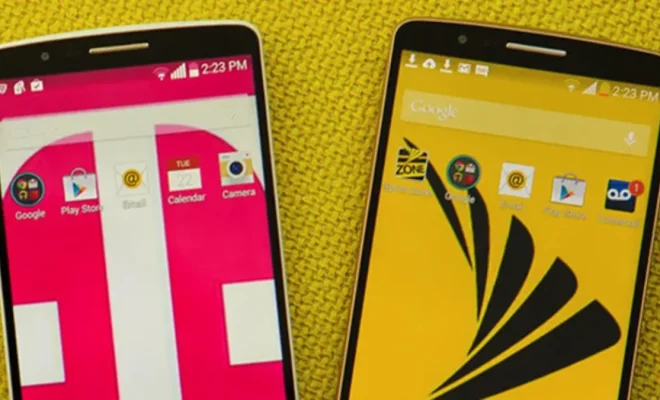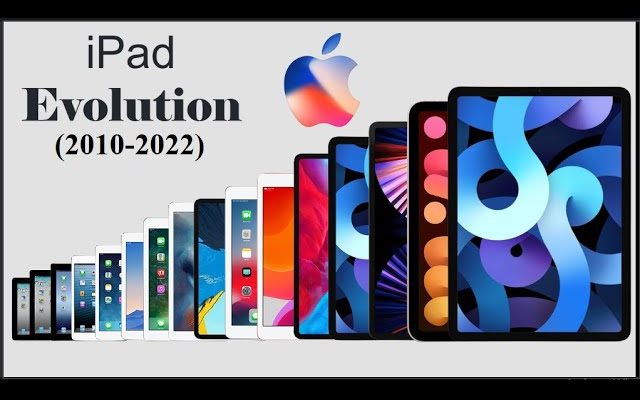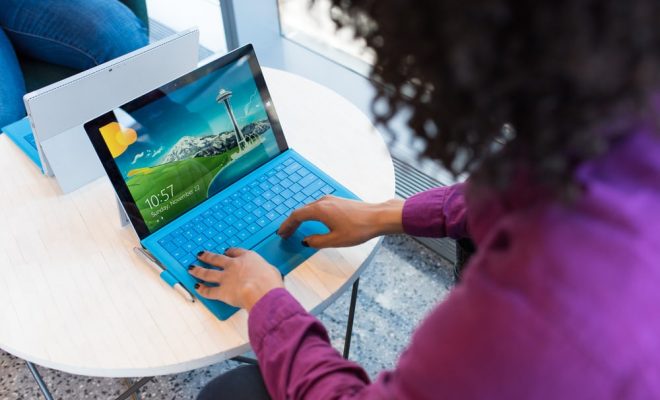T-Mobile has merged with Sprint. Here’s what it means for your devices

T-Mobile’s long-awaited merger with Sprint has finally been completed, creating a new wireless giant in the US market. The merger has been in the works for over two years, and after securing regulatory approval from the Department of Justice and Federal Communications Commission, the deal was finalized in April 2020.
So, what does the merger mean for T-Mobile and Sprint customers, and their devices? Here’s a breakdown of what you can expect:
Improved network coverage and capacity
Perhaps the most significant benefit of the merger is the expanded network coverage and capacity that will be available to both T-Mobile and Sprint customers. The merger will combine their spectrum holdings, which will significantly boost the wireless network’s capacity and speed. This means that T-Mobile customers will now be able to enjoy even faster speeds and stronger signals in areas where Sprint’s network used to be strong, and vice versa.
5G access
The merger means that both T-Mobile and Sprint can now work together to deploy a 5G network. This will provide customers with a more robust 5G network, with broader coverage and faster speeds. T-Mobile has already widely deployed its 5G network, utilizing low-band 600MHz, mid-band 2.5 GHz, and high-band (millimeter-wave) spectrum. The company also plans to launch a standalone (SA) 5G network soon, which will not depend on the 4G network.
Better customer service
The merger will also help improve customer service for both T-Mobile and Sprint customers. T-Mobile is known for offering excellent customer service, while Sprint has had some struggles in this area. By combining resources and expertise, T-Mobile can now help Sprint customers access better service and support.
Device compatibility
The merger should generally have no impact on the devices that T-Mobile and Sprint customers already have. Most devices that were compatible with T-Mobile or Sprint’s network should continue to work as usual, and users should not experience any interruptions or compatibility issues.
However, users with older devices that only support 3G or 4G LTE may find that their devices are no longer supported as the merged network moves toward a new 5G standard. T-Mobile and Sprint have both urged customers to upgrade to newer devices compatible with 5G for the best experience on their merged network.
Final thoughts
The T-Mobile-Sprint merger represents a significant milestone in the US wireless market, creating the country’s third-largest carrier. Customers can now expect better and faster network speeds, robust coverage, and enhanced customer service. Most devices should continue to work, but older devices may eventually lose support as the network moves towards 5G technology.
Overall, the T-Mobile-Sprint merger represents a positive development, and we can expect more opportunities and growth for the US wireless industry in the years ahead






